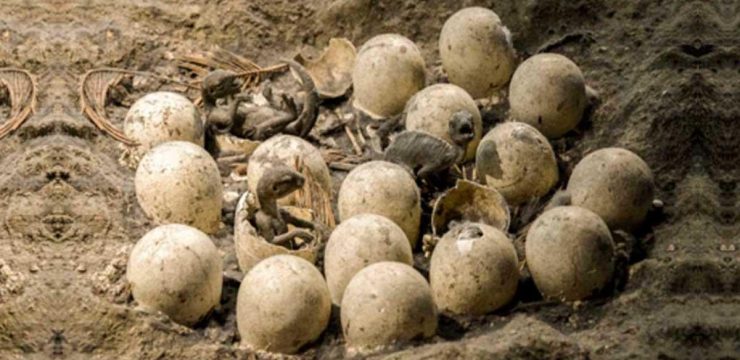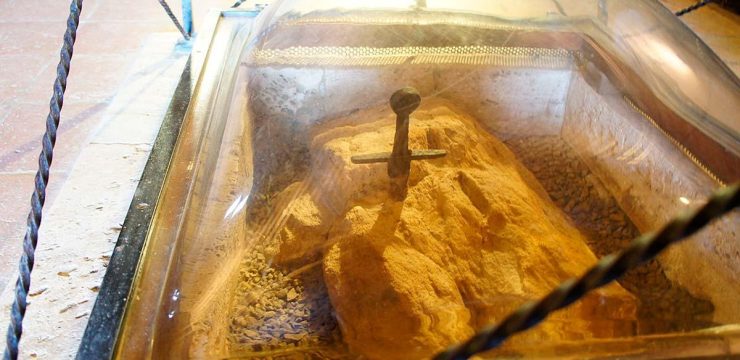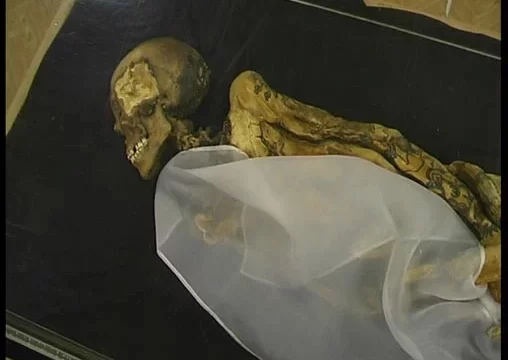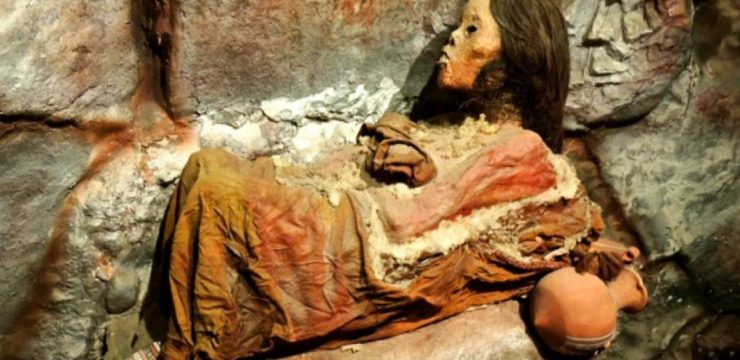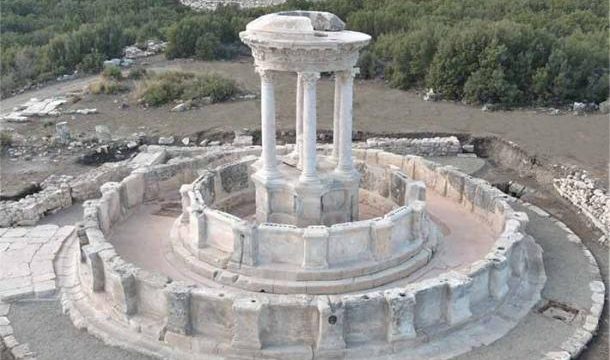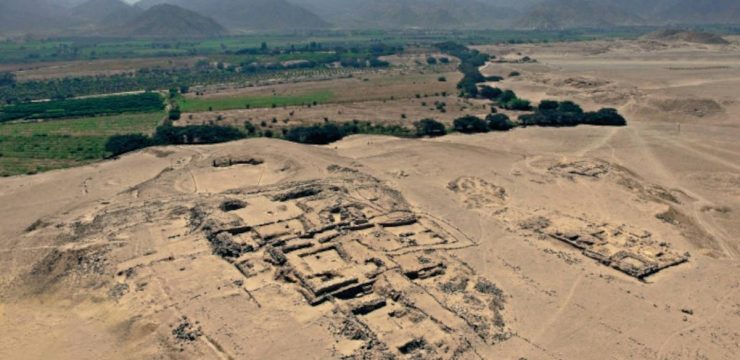In the shadowed remains of Pompeii, where layers of volcanic ash once encased an entire city in eerie stillness, modern science is reshaping our understanding of history. The catastrophic eruption of Mount Vesuvius in 79 AD preserved a moment in time, and for centuries, archaeologists pieced together narratives based on visible evidence. Yet, as technology advances, so too does our ability to uncover the truth behind ancient lives. Recent breakthroughs in DNA analysis have peeled back long-held assumptions, revealing a far more intricate and unexpected reality than traditional archaeology once suggested.
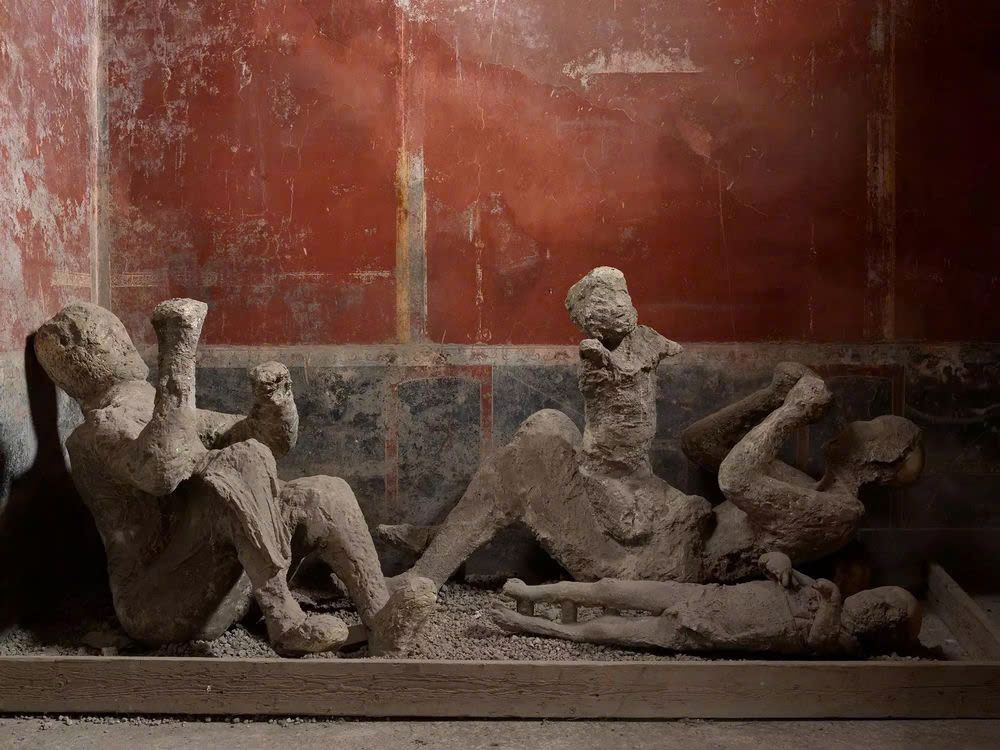
One of the most compelling sites to be reexamined is the House of the Golden Bracelet, a grand structure in Pompeii that was believed to have belonged to a Roman noble family. Archaeologists initially interpreted the skeletal remains found within as belonging to a conventional household unit: a man, a woman, and two children. The assumption seemed logical, supported by the presence of an ornate golden bracelet worn by the adult male—a symbol of wealth and status in Roman society. However, when scientists extracted and analyzed the DNA of these individuals, the results shattered this long-accepted narrative.
To the surprise of researchers, none of the individuals were biologically related. This revelation challenges the conventional belief that Roman homes were exclusively centered around blood ties. Instead, it opens up new possibilities about the social structure of ancient Pompeii. The occupants of the House of the Golden Bracelet may not have been a nuclear family but rather a group of individuals connected through different social dynamics—perhaps a collection of servants, freed slaves, or individuals bound together by economic, rather than familial, relationships. The discovery forces historians to reconsider what constituted a “family” in ancient Rome, suggesting that ties of duty, patronage, and social obligation could have been just as significant as kinship.
A similar challenge to visual assumptions emerged from another well-known site, the House of the Cryptoporticus. Among the remains discovered there were two individuals who had long been referred to as the “Two Maidens.” Based on their positioning and surrounding artifacts, it had been assumed that these were two young women, possibly family members or companions, who perished together in the eruption. However, modern DNA sequencing revealed an astonishing truth—one of these individuals was actually male. Furthermore, the two were not even maternally related. This discovery is a stark reminder of the limitations of visual interpretation in archaeology. It underscores the need for science to supplement, and sometimes correct, historical narratives that have been shaped by incomplete evidence and centuries of assumption.
Beyond these individual cases, genetic analysis has illuminated a much broader picture of Pompeii’s population. Far from being a homogenous Roman city, the DNA of its inhabitants reveals deep genetic ties to regions extending as far as the eastern Mediterranean. This finding aligns with historical records indicating that Pompeii was a bustling trade hub, drawing people from across the empire and beyond. The presence of diverse genetic markers suggests that its streets were filled with merchants, immigrants, and travelers who contributed to the city’s vibrant and multicultural character. In many ways, Pompeii serves as a snapshot of the wider Roman world—a civilization built on exchange, movement, and cultural blending.
These groundbreaking discoveries would not have been possible without the remarkable intersection of historical preservation and modern science. The famous plaster casts of Pompeii’s victims, created in the 19th century by pouring liquid plaster into the voids left by decayed bodies, provided a unique opportunity for researchers to study the skeletal remains encased within. While these casts preserved the shapes and expressions of the victims in their final moments, it was only through advanced DNA analysis that scientists were able to extract and examine the genetic material locked within their bones. The combination of old and new techniques has provided unprecedented insights, allowing us to reconstruct the lives of Pompeii’s residents in ways never before possible.
Yet, these findings do more than just revise historical records. They bring to life the human stories behind the tragedy. Too often, the victims of Vesuvius are seen merely as figures frozen in time—nameless casualties of a disaster. But DNA analysis transforms them from faceless relics into individuals with personal histories, relationships, and identities. Each strand of genetic information tells a deeply human story—one of migration, survival, and the intricate web of connections that defined ancient Roman life.
This new approach to archaeology is not just about correcting past mistakes but expanding our understanding of the past in ways that resonate with the present. The discoveries at Pompeii offer valuable insights into social organization, cultural diversity, and even the nature of human relationships. They challenge the assumption that ancient societies operated under rigid structures similar to our own, revealing instead a world where definitions of family and identity were far more fluid and dynamic.
In addition to reshaping our perception of Pompeii’s past, these scientific advancements raise broader questions about how we interpret history. How many other archaeological assumptions, based on surface-level observations, might be reconsidered with the help of modern technology? What other lost narratives are waiting to be uncovered beneath layers of stone and ash? The study of ancient DNA has the power to rewrite history, not by erasing what we already know, but by deepening our understanding and refining the stories we tell about the past.
For those who wish to explore these groundbreaking revelations further, comprehensive findings have been published in esteemed journals such as Current Biology and in reports from the Archaeological Park of Pompeii. These publications delve into the meticulous scientific processes used to extract, analyze, and interpret the genetic material, offering a fascinating look at how modern research is reshaping the field of archaeology.
Ultimately, the story of Pompeii is no longer just a tale of destruction and loss. It is a story of discovery—of lives once thought lost to history now being brought back into focus. It is a testament to the power of science to uncover truth, to challenge long-held beliefs, and to give a voice to those who, for nearly two thousand years, have remained silent beneath the ashes. The city of Pompeii, once buried and forgotten, continues to speak to us—revealing not only the past but also the ever-evolving nature of history itself.
